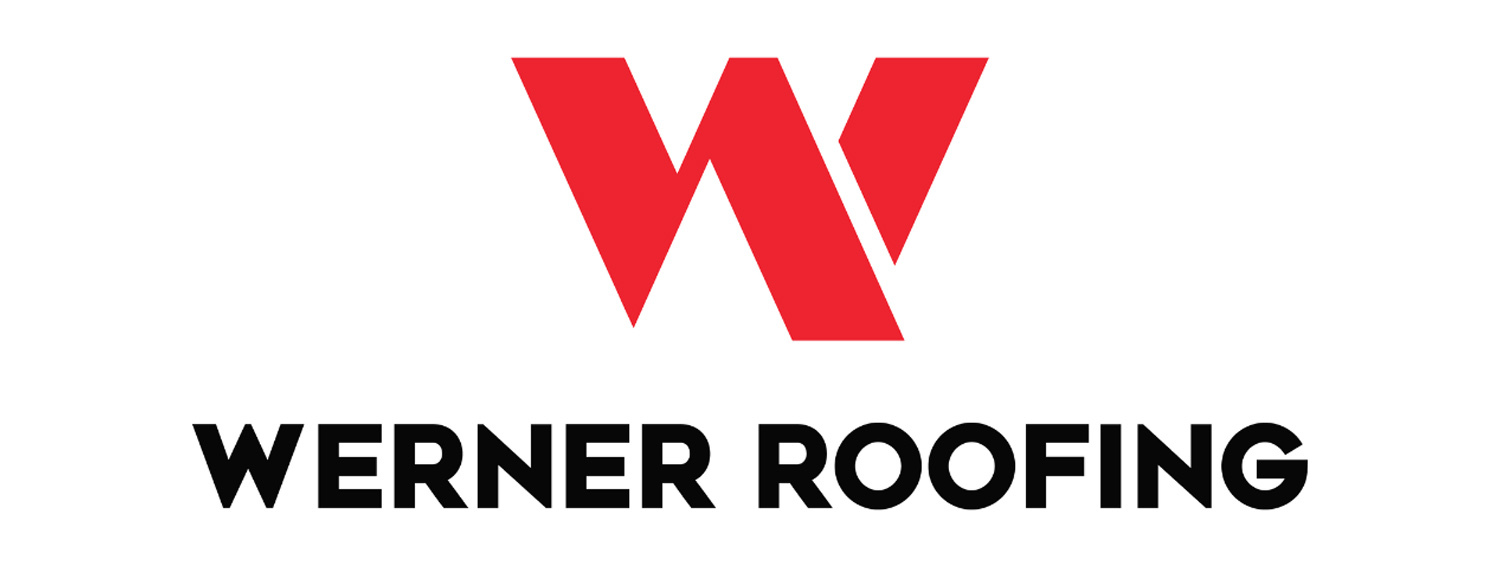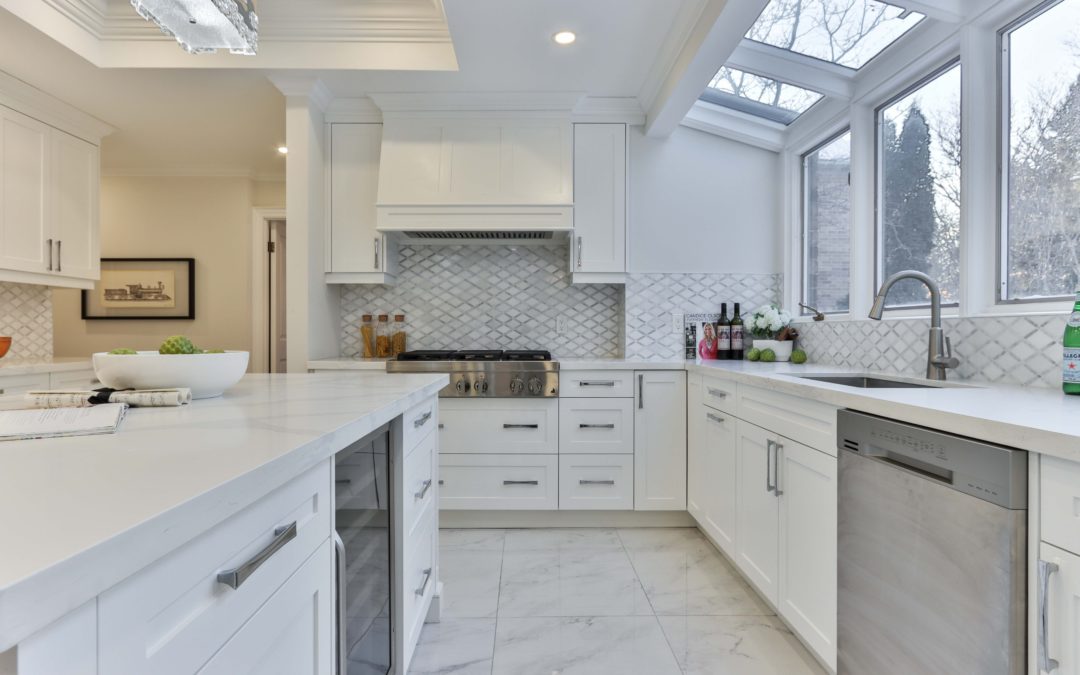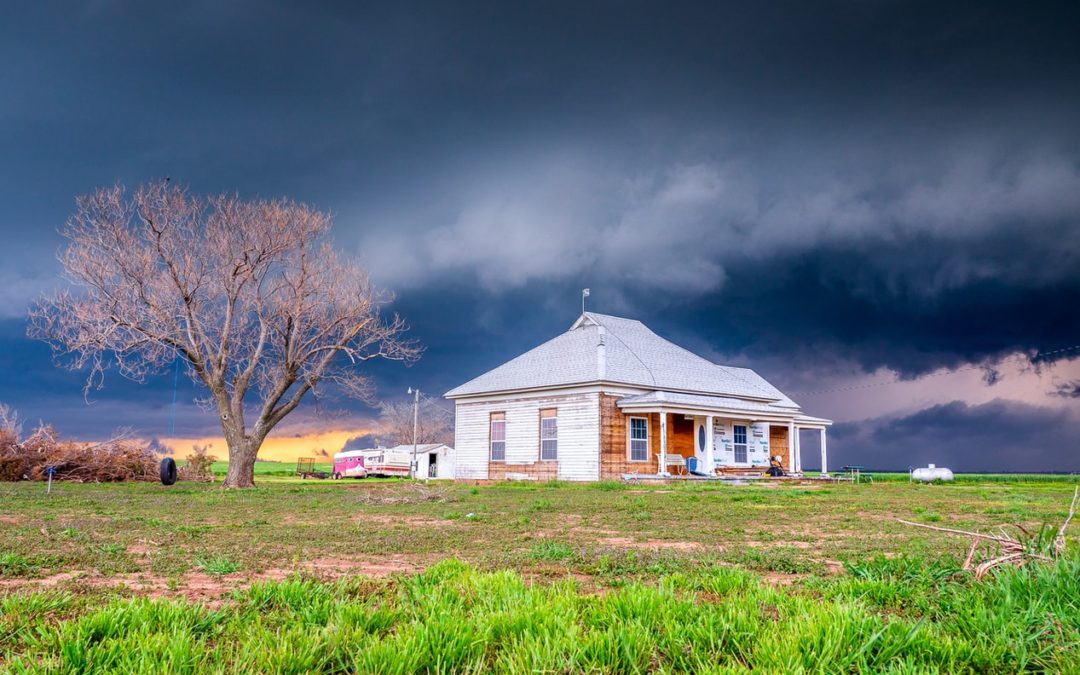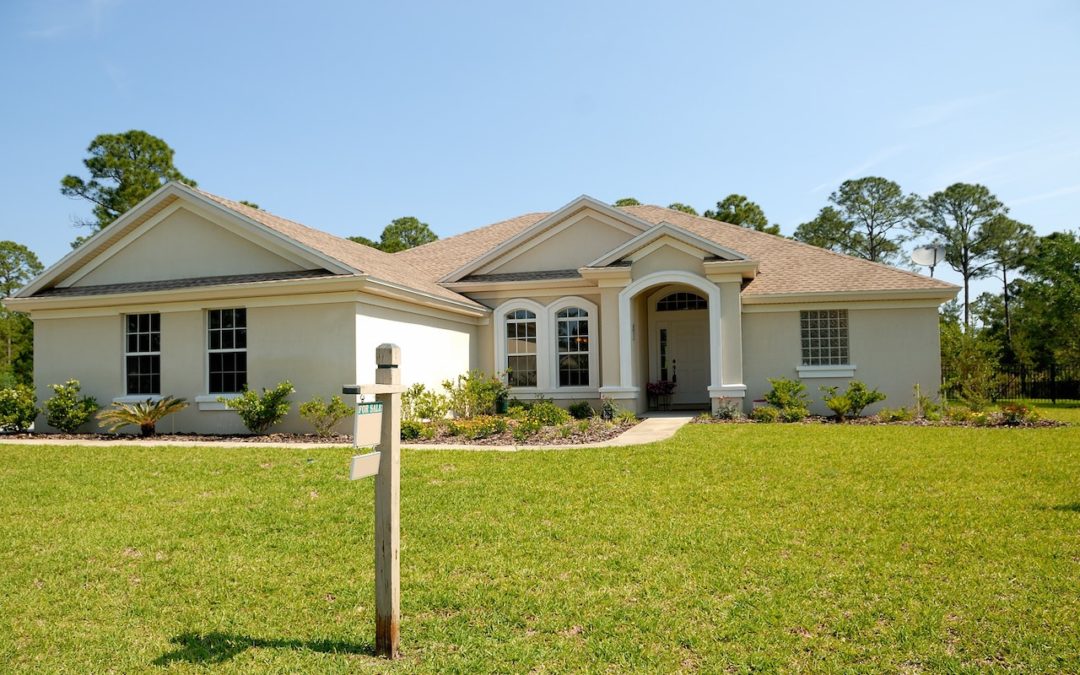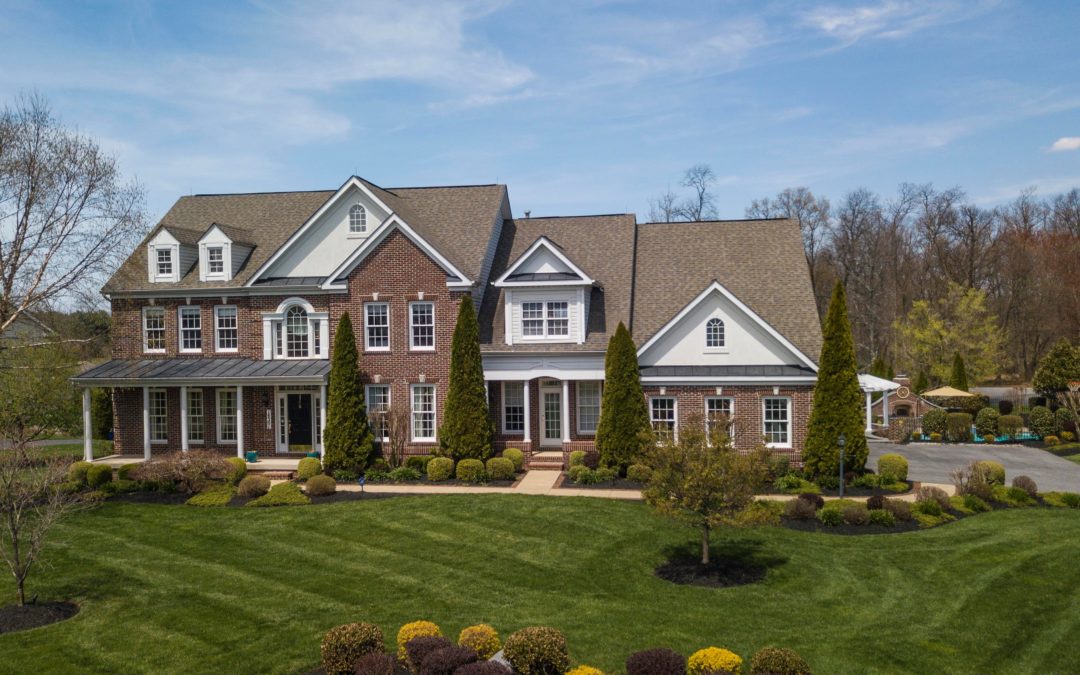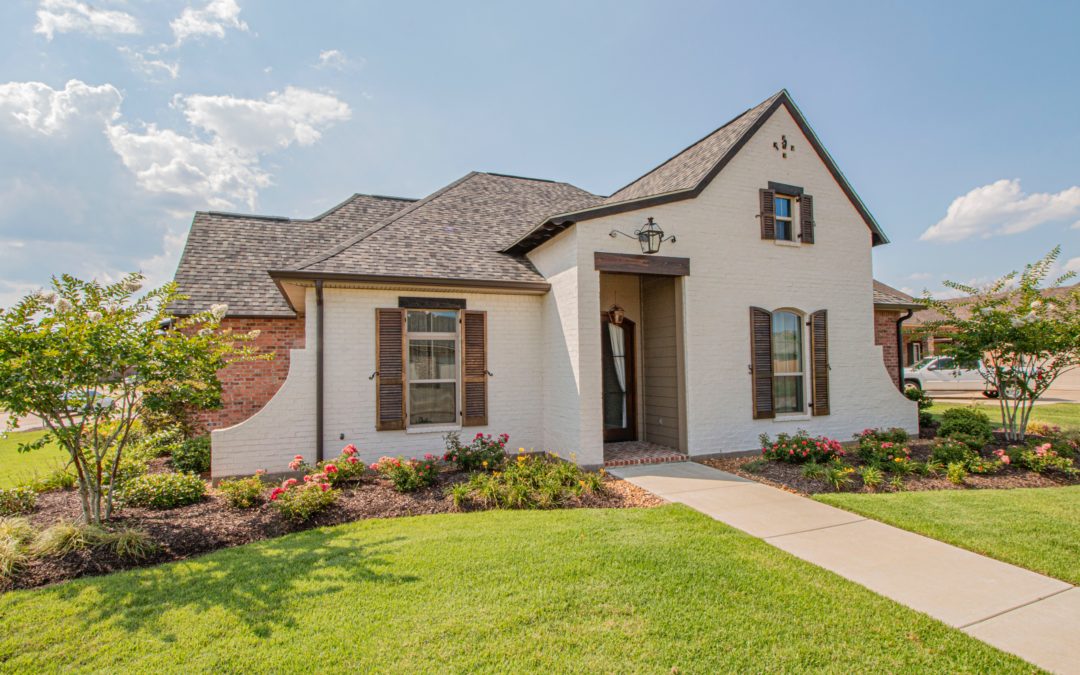
Hip vs. Gable Roof: What’s the Difference?
Hip vs. Gable Roof: What’s the Difference?
The design of your roof might not be something that’s top of mind, but it does matter when it comes to ensuring the best protection for you and your home. Your roof is sloped to help water run off it, so determining the right roof type and slope design is essential in making sure your roof functions properly and remains structurally sound.
The two most common styles of roofs are called Hip and Gable. Knowing the difference between these two roof types, along with the pros and cons of each, will help you to determine which one is right for your home. Let’s take a closer look at hip vs. gable roofs.
What is a Hip Roof?
With a hip (or hipped) roof, all four roof sides meet at the top to form a ridge (called a hip) and slope downward toward the walls. The walls sit beneath the eaves evenly on each side of the roof. There are several variations of hip roofs, including:
- Half-Hip: Also called a clipped-gable or jerkin-head roof, this is typically an add-on to a gable roof where the end of a gable has a small hip roof section sloping off its ridge. (The front right section of the house in the image above is a perfect example of a half-hip roof!)
- Pavilion: Built on a square structure with all sides meeting at a center peak, this type of hip roof is sometimes referred to as a pyramid roof due to its triangular appearance.
- Mansard: This type of hip roof, often called a French or Curb roof, has slopes with varying angles that drop off at the midpoint and become flatter at the top.
Pros of a Hip Roof:
- Stability – With slopes on all four sides and a self-bracing design, hip roofs are sturdy and durable making them especially perfect for homes that endure a lot of snow and wind.
- Consistent Eaves – Since the eaves are even all around the house, many prefer the clean lines of a hip roof over one with gables that break up the roofline.
- Compatible with Low Slopes – While other roof types require a steep slope, hip roofs work just as well with low-sloped houses as they do with steeply sloped ones.
Cons of Hip Roofs:
- More Expensive – Because hip roofs tend to be more complicated in design than gable roofs, need more materials, and are more difficult to install, they are typically a pricier option.
- Less Attic Space – The slopes on all sides of a hip roof take up more attic space than a gable roof does, so if attic space is important to you, a hip roof might not be the right choice.
- Susceptible to Leaks – This shouldn’t be of concern if your roof is installed properly, but if not, the multiple angles, ridges, and seams produced from slopes on all four sides mean there is more opportunity for leaking to occur.
What is a Gable Roof?
A gable roof design features two sides that slope downward, while the other two sides have gables and are walled from the ground to just under the eaves at the peak of the roof’s ridge. Sometimes a window or vent can be found on the walled sides. Also known as pitched or peaked roofs, variations of this style include:
- Front: Commonly used for colonial-style homes, with this type of gable roof, the gable is at the front of the house and the front door sits beneath it for a welcoming entrance.
- Cross: This type consists of two or more lines of gable roof intersecting at an angle and is typically used with homes that have attached garages or different wings needing their own section of gable roof.
- Dutch: Basically, this is like a hip and gable roof combination. In a dutch gable roof, a gable is placed atop a hip roof to allow for additional attic space and enhanced aesthetics.
Pros of a Gable Roof:
- Longevity and Low Maintenance – The slopes of a gable roof make it easy for debris, snow, and water to roll off, which means it’s easier to maintain, less likely to get damaged, and more likely to last longer.
- More Attic Space – One of the biggest differences between hip and gable roofs is the amount of attic space gable-style roofs provide. Having only two sides of the roof sloped makes for a vaulted ceiling, lots of room, and better air ventilation to boot.
- More Affordable – because they have a simple design and less complicated construction, gable roofs typically cost less than hip roofs, which is obviously a big consideration when deciding which roof is right for you and your budget.
Cons of Gable Roofs:
- Less Durable in Harsh Conditions – With only two slopes for stability and support, a higher pitch, and more surface area, gable roofs tend to be more vulnerable to damage in high winds and snowstorms.
- Less Curb Appeal – While some may prefer the simplicity of a gable roof, the more complex hip roofs with their consistent eaves tend to offer greater curb appeal.
Hip vs. Gable Roof: Which is Best for You?
There is much to consider when deciding which type of roof is best for your house, from the weather in your region to your aesthetic preferences to how much space you want to have and how much money you want to spend. But no matter which type of roof you’d like for your home, Werner Roofing can help!
We’re happy to take a look at your house and provide style and design recommendations. Just give us a call or contact us online to learn more today.

OUR FREE ROOF INSPECTION
How do you know when it’s time for a new roof? The only way to be sure of your residential roof’s current condition is to have a licensed professional personally inspect it. Werner Roofing is proud to offer free roof inspections for every client, so you can be sure of your roof’s condition. Every Werner Roofing inspection comes complete with our promise: “We won’t recommend or sell a roof replacement unless it’s necessary.”
